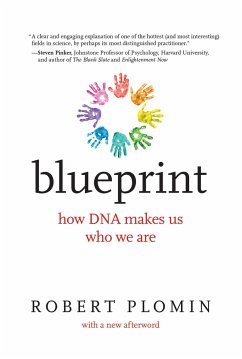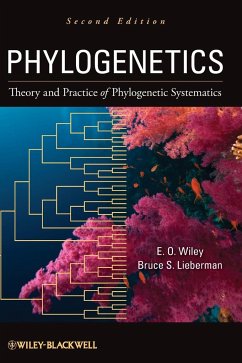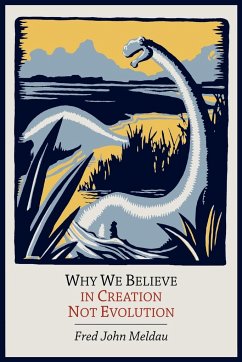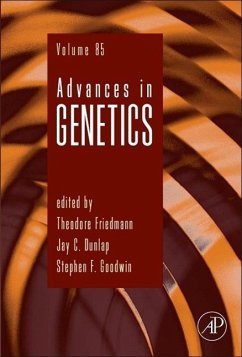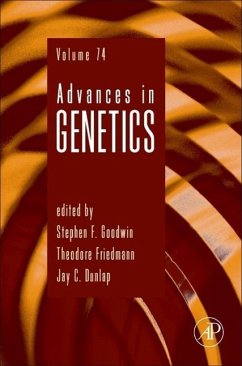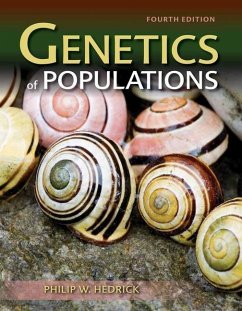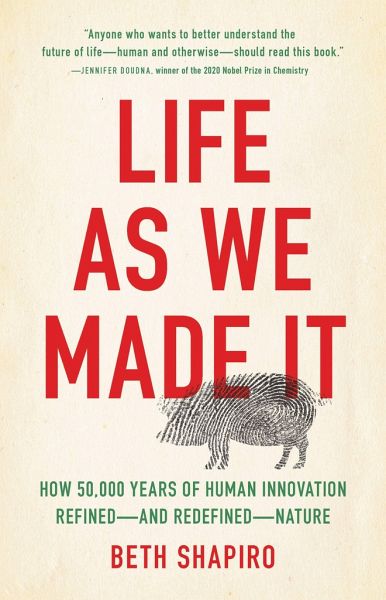
Life as We Made It
How 50,000 Years of Human Innovation Refined--And Redefined--Nature
Versandkostenfrei!
Versandfertig in über 4 Wochen
22,99 €
inkl. MwSt.
Weitere Ausgaben:

PAYBACK Punkte
11 °P sammeln!
"Humans seem to be destroying nature with incessant fiddling. We can use viruses to insert genes for pesticide resistance into plants, or to make the flesh of goldfish glow. We can turn bacteria into factories for millions of molecules, from vitamin A and insulin to diesel fuel. And this year's Nobel Prize went to the inventors of tool called CRISPR, which lets us edit genomes almost as easily as we can edit the text in a computer document. The potential for harm can seem both enormous and inevitable. In Life as We Made It, evolutionary biologist Beth Shapiro argues that our fears of new techn...
"Humans seem to be destroying nature with incessant fiddling. We can use viruses to insert genes for pesticide resistance into plants, or to make the flesh of goldfish glow. We can turn bacteria into factories for millions of molecules, from vitamin A and insulin to diesel fuel. And this year's Nobel Prize went to the inventors of tool called CRISPR, which lets us edit genomes almost as easily as we can edit the text in a computer document. The potential for harm can seem both enormous and inevitable. In Life as We Made It, evolutionary biologist Beth Shapiro argues that our fears of new technologies aren't just mistaken, but they miss the big picture about human history: we've been remaking nature for as long as we've been around. As Shapiro shows, the molecular tools of biotechnology are just the latest in a long line of innovations stretching back to the extra food and warm fires that first brought wolves into the human fold, turning them into devoted dogs. Perhaps more importantly, Shapiro offers a new understanding of the evolution of our species and those that surround us"--





